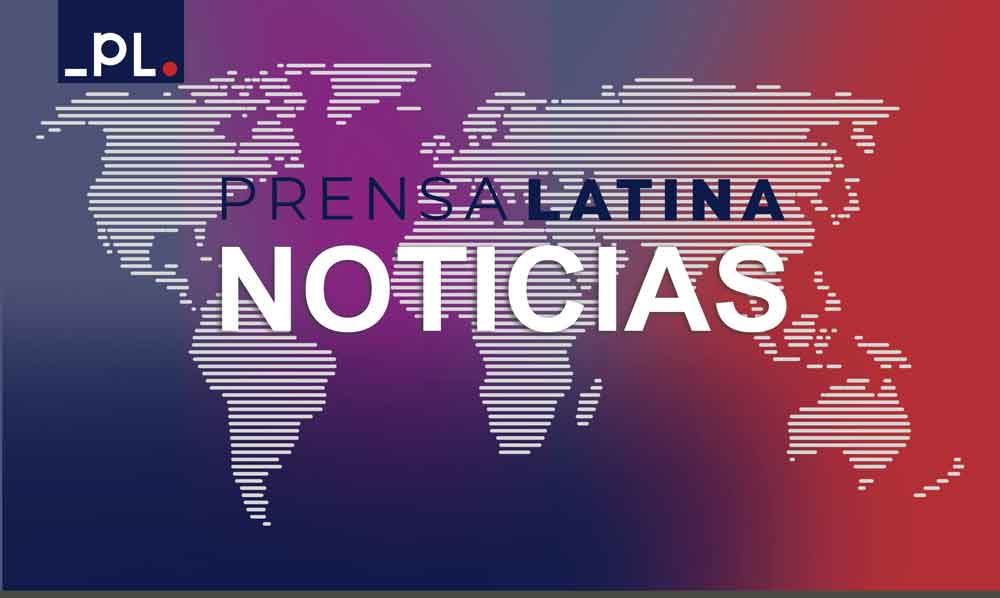This identity is characterized by the influence on daily life of the culture of more than twenty countries bordering the Mediterranean, an influence evident in art, music, literature, architecture, gastronomy and language, among others. Historically intertwined manifestations from both the European and Maghreb sides.
On this day, local and international events, exhibitions and festivals are held throughout the region to strengthen relationships between the peoples of all coasts and promote intercultural exchange and dialogue.
Mediterranean Day takes place on November 28 and coincides with the start of the Barcelona Process in 1995, which established the commitment of Euro-Mediterranean countries to transform the region into a common area of peace, stability, shared socio-economic progress and dialogue transform between peoples.
This led to the creation of the Union for the Mediterranean (UfM) institution in 2008, and this day is celebrated in countries across the Mediterranean, including European Union member states.
According to experts, Mediterraneanness is a concept that refers to the Mediterranean region and surrounding cultures. The term is used to describe the common characteristics of these cultures, which include climate, history, geography, religion, literature, music, art, etc. Architecture, food and lifestyle.
The Mediterranean is a vast inland sea that influenced the development of ancient civilizations, who in turn gave it various names: for the Egyptians it was the Great Green; For the ancient Greeks it was Thalassa, the name of the goddess of the sea; and in ancient Rome they knew it as “Mare Nostrum”: our sea, just to give examples.
Covering more than 2.5 million square kilometers, the Mediterranean Sea separates southern Europe, North Africa and the western end of Asia, and around it lie more than twenty countries, including Spain, Portugal, France, Italy, Cyprus, Greece, Malta on the European part and Egypt , Libya, Tunisia, Algeria and Morocco on the African part.
ro/dla

